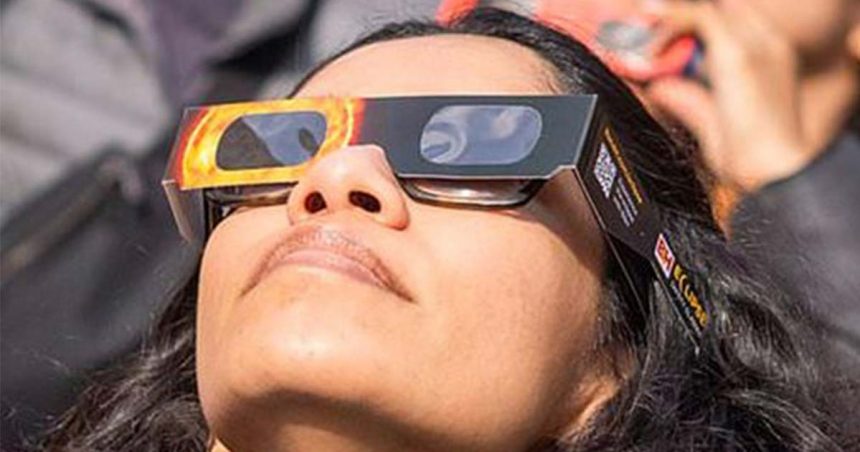Bridget Kyeremateng’s story serves as a cautionary tale of the dangers of underestimating the sun’s power. A mere 10-second glance at the 2017 solar eclipse left her with irreversible eye damage, leading to partial blindness in her left eye. This harrowing experience underscores the importance of proper eye protection during celestial events.
How It All Happened
Kyeremateng made a fateful decision to stare at the sun during the eclipse, thinking closing one eye would help her focus better. Little did she know that this brief moment of curiosity would have lasting consequences. The next day, she woke up unable to read with her left eye, with a blind spot obstructing her vision.
Seeking medical help revealed the extent of the damage – distorted vision, frequent headaches, and migraines, along with the onset of astigmatism. The repercussions of her momentary lapse in judgment were profound and enduring.
Video Placeholder
What Has The Eclipse Taught Us?
Kyeremateng’s plea is simple: Learn from her mistake. She emphasizes the irreversible nature of her eye damage and urges others to always use proper eye protection during solar events. NASA reinforces this message, warning against direct sun gazing without certified eclipse glasses.
Her story is a stark reminder of the fragility of our eyes and the lasting impact of a single moment’s folly. Kyeremateng’s advocacy for eye safety stems from her own painful experience, hoping to prevent others from suffering the same fate.
Read More: Doomsday Clock Still 90 Seconds to Midnight in 2024 Update
Sources
- “How staring at 2017 eclipse for just 10 seconds left me with ‘irreversible eye damage’.” NY Post. Isabel Keane. April 8, 2024.
- “Solar Eclipse Leaves Woman’s Eyes With ‘Blind Spot’.” Newsweek. Aleks Phillips. April 9, 2024.






